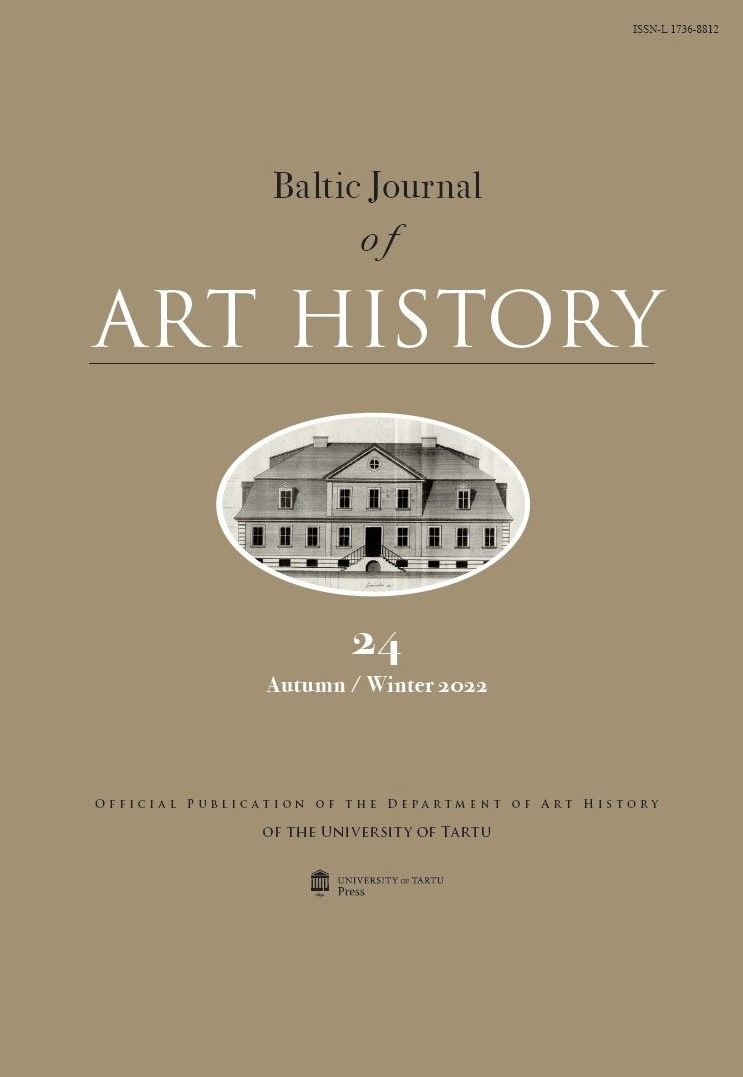Art History as a New Discipline at the Estonian University in Tartu after the Long 19th Century
DOI:
https://doi.org/10.12697/BJAH.2022.24.01Keywords:
art historiography, nationalism, modernism, heritage, gender equality, Helge Kjellin, Johnny RoosvalAbstract
The article is the first attempt to present the beginnings of Estonian professional art history in the 1920s in a regional and global context. The author strives to situate the University of Tartu (Dorpat) in the pan-European network of universities, where art history had gradually become regarded as a new discipline during and after the long 19th century. Art history is rooted in the Age of Enlightenment, with Johann Joachim Winckelmann retrospectively named the father of art history. But it was about a half century after his death that art history was incorporated into a general subject of aesthetics taught at universities. It took another fifty years for art history to become a separate discipline in the modern universities of Germany and Austria-Hungary, and another half century to receive a separate chair at the Estonian national university in Tartu. The development of art history as a discipline at the University of Tartu is analysed on a very granular level, based on primary sources from Estonian and Swedish archives. During the 19th century art and its history were used to the ends of national politics and in search of national identities. In Estonia, this was hindered by the activities of another ethnic group, the Baltic-Germans, who had been the ruling class in the Baltic provinces of the Russian Empire. The first professor of art history at the Estonian University of Tartu, Helge Kjellin, wanted to bridge the gap between Estonian and Baltic art history. He attempted to merge these two concepts and define the territorial concept of Estonian art from the Middle Ages to the beginning of the 20th century. He also defined this as a proper field of study for Estonian art historians. However, after his departure from Estonia, art history was neglected and irrelevant for the Estonian University and the Estonian Republic. Science and academic professions were regarded as a masculine field of activity until after the Second World War. Only the lack of men, who had died in the war, enabled women to start seeking a more equal place in the academic world worthy of their intellectual ability. Despite there being many capable female students among those who studied art history with Kjellin, the first female professor of art history in Estonia, Krista Kodres, was elected to the Estonian Academy of Arts only in 2003.

